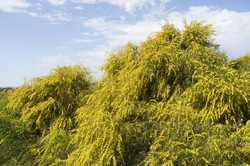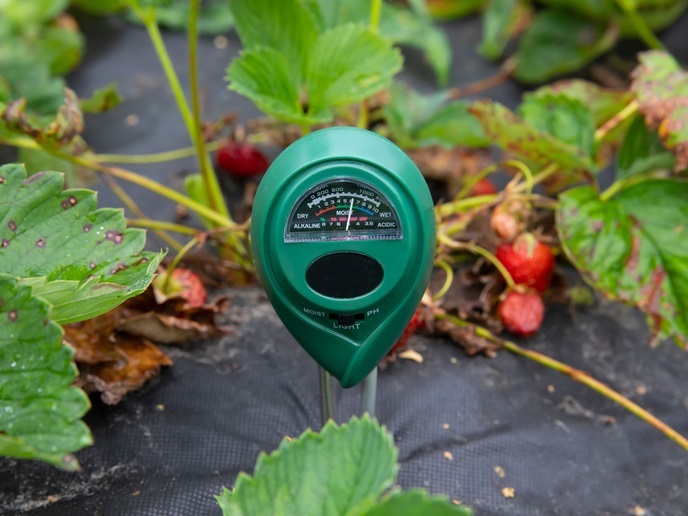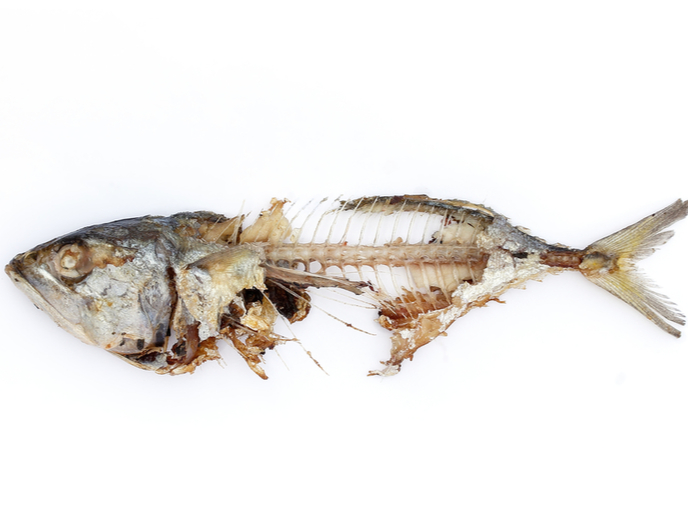Fighting back against alien plants
In the past, exotic plant species were introduced for a number of reasons, including for wood production, carbon dioxide sequestration and protecting against soil erosion. Unfortunately, some exotics have spread out of control, facilitating their invasion of native ecosystems through their ability to alter their habitat. These so-called invasive ecosystem engineers can threaten biodiversity, the correct functioning of ecosystems and even human health. The INSPECTED.NET (Invasive species evaluation, control & education.Network) project was established to support existing initiatives such as the European-based DAISIE project or the Global Invasive Species Programme (GISP). Researchers used the ecosystem engineer Acacia longifolia and other Acacia species as models, employing the latest techniques in vegetation ecology, including stable isotope analysis and remote sensing. The tree Acacia longifolia is a native of Australia and was introduced into Brazil and Portugal to stabilise sand dunes in coastal ecosystems as well as for their ornamental value. Acacia species have the potential to rapidly transform landscapes though nitrogen fixation and can quickly grow to 15 m, thereby threatening smaller tree species. Project partners conducted studies at different spatial scales and at different stages of invasion at field sites in Brazil and Portugal. The investigation sites are located in dune ecosystems in Portugal and Mussununga ecosystems in Brazil. Mussununga is a non-forest ecosystem associated with Atlantic rainforests occurring in southern Bahia and northern Espirito Santo states. It is characterised by a sandy substrate with restricted soil depth due to an impermeable thick subsoil (called Ortstein) layer. The typical vegetation forms range from grasslands up to woodlands. The aim was to develop a set of tools for evaluating and controlling biological invasions and to contribute to current methods of risk assessment. The INSPECTED.NET network will also be expanded to include experts in Acacia longifolia invasions around the globe. Project members have increased knowledge and raised awareness of exotic species and the risks they pose. This information was shared with public and educational bodies, and nature conservation and forestry institutions involved in habitat restoration and sustainable land use. It is now being used to help mitigate the effects of global change and the challenges of fertile land loss, soil degradation and desertification. INSPECTED.NET is therefore the first step towards a long-term collaboration between the participants, involving better access to study sites, laboratories and archives such as remote sensing data, ecological studies and management experience.







